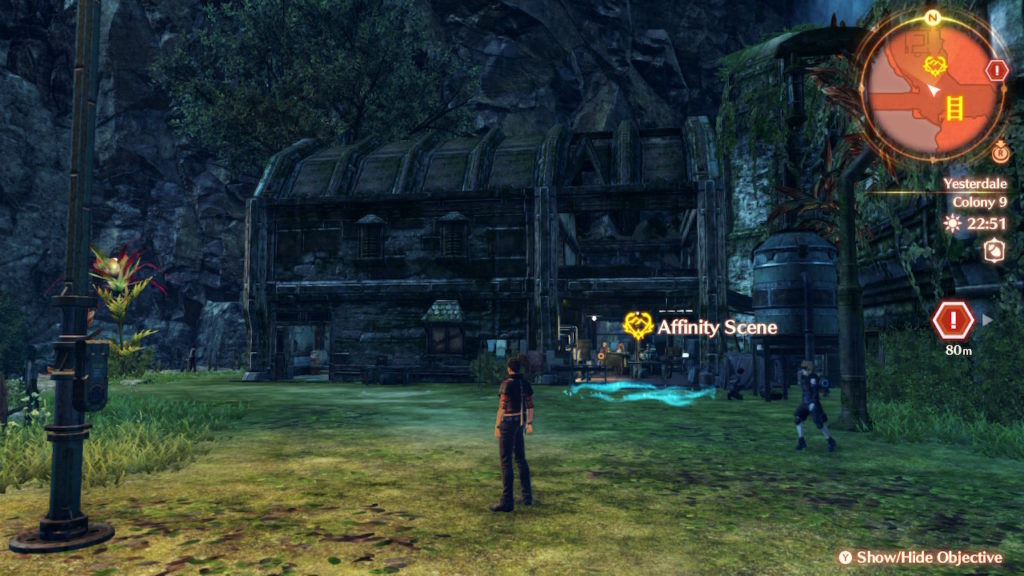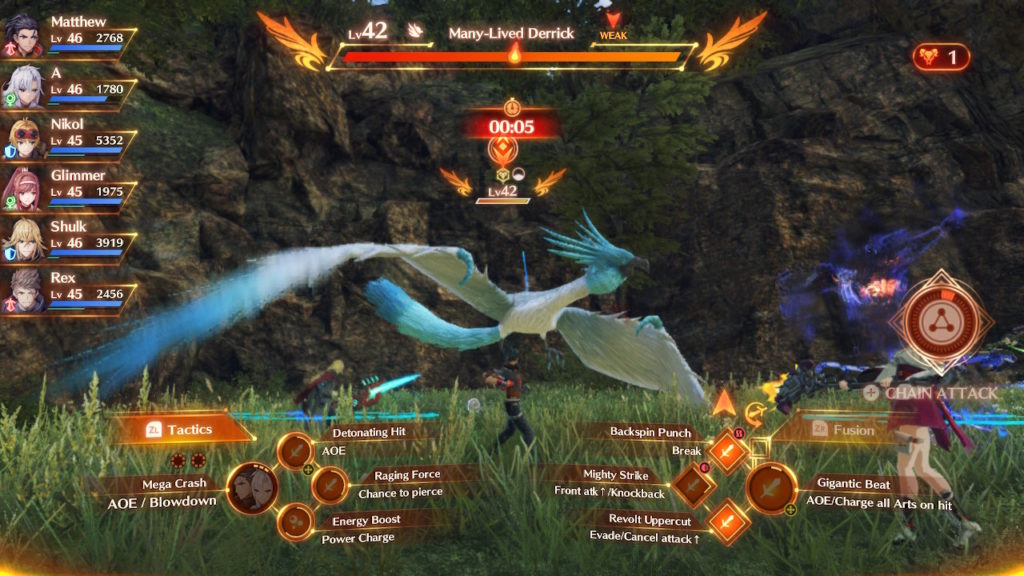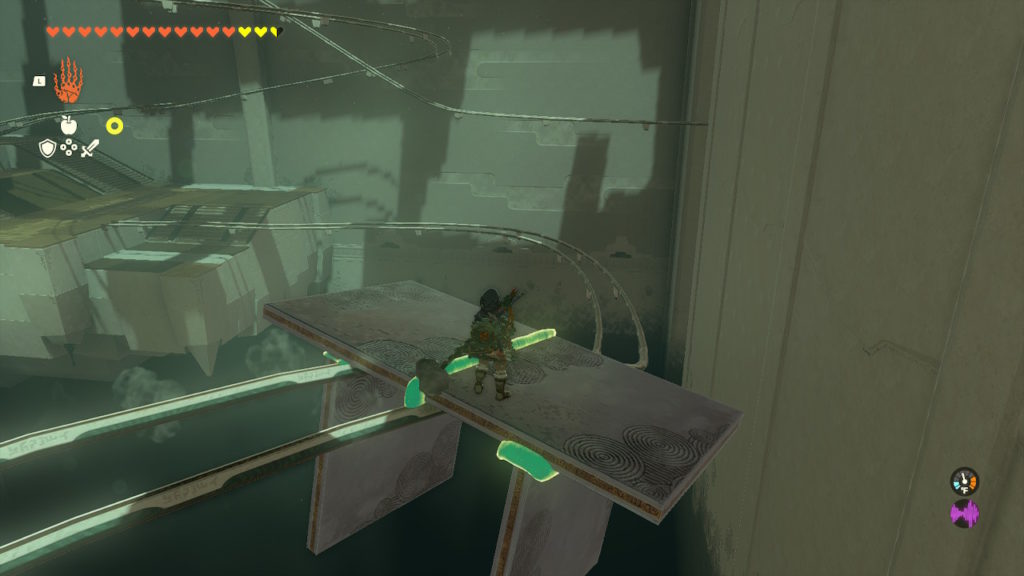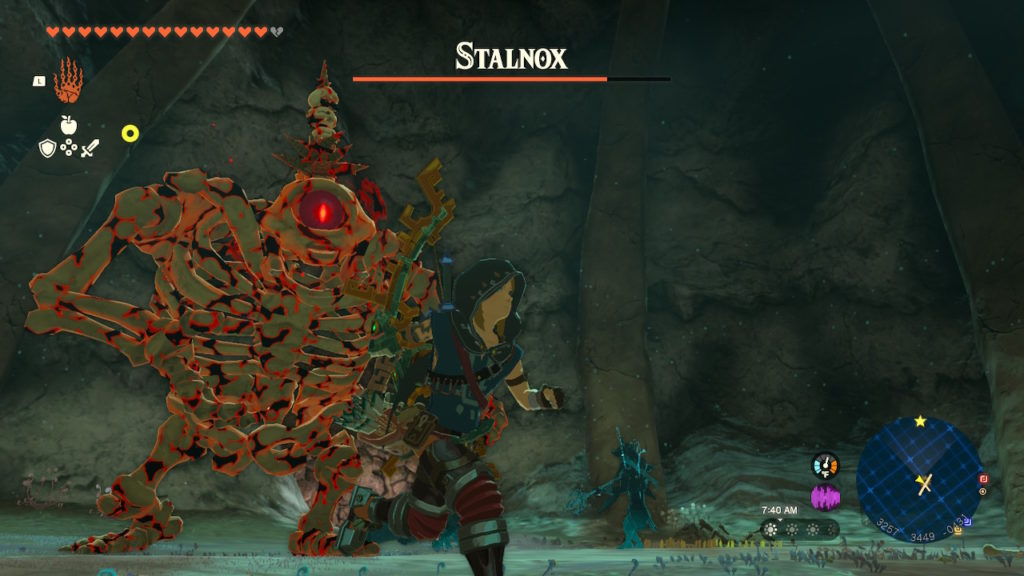- Genre: RTS
- Platform: Switch
I’ve always enjoyed the Pikmin series, but something about the time restriction never really clicked with me. For the original game it made sense given the story, but after it went away in Pikmin 2, it was frustrating to see it come back for 3. This game took the day limit away again leading to a game that feels like it’s built around exploration rather than rushing against the clock, and the resulting game has clicked for me more than any game in the series to this point.
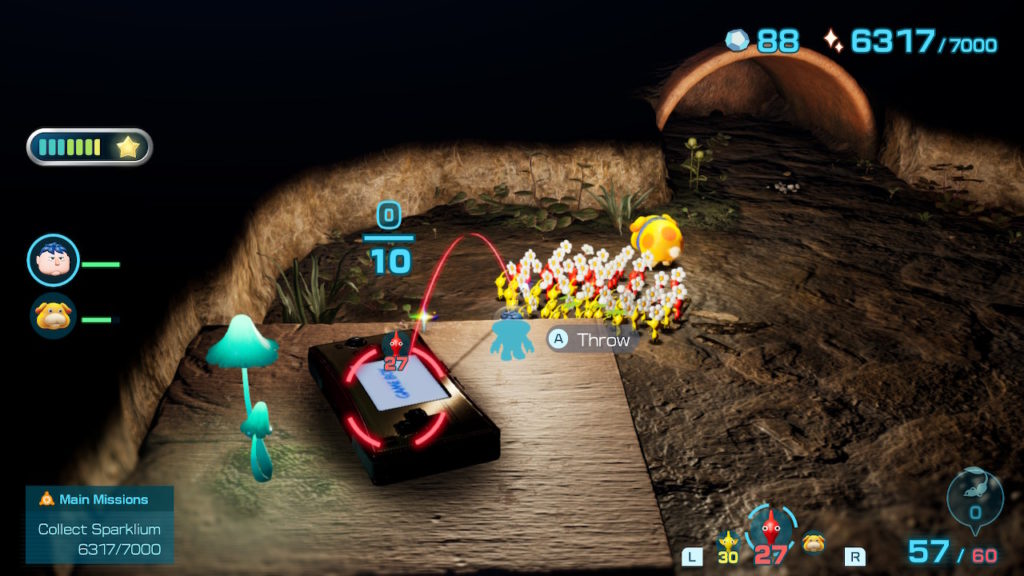
The actual core loop of the game feels perfect for what Nintendo has been experimenting with since the DS days, where there’s a really tight small loop that can just be repeated while always making some sort of forward progress. In this case, it’s the same sort of core loop that Pikmin has always had – start at sunrise, collect as much as you can before sunset, repeat – but the removal of a day limit really changes how I thought about things. Each core loop is a really tight period of time so you can have a distinct start and end point for a single session, or do multiple loops for a longer session. Both scenarios work great and give you obvious progress with obvious break points.
Rather than having the goal of each day be a mad rush to collect as much as possible, I treated trips as sort of one of two phases. In a first run through an area, my goal was simply to unlock as much stuff and remove as much danger as possible. I would clear obstacles, kill enemies, and dig things up, but I would largely ignore it and leave it around. The things you kill and remove persist to future days so there was no danger of losing progress. Once I had a large area cleared, I would then go through and have my Pikmin collect everything and start clearing out the caves that I ran across. This was also important in that it allowed me to compartmentalize the squad build out a lot better. Rather than worrying about whether or not I had the right Pikmin for the situation, I could just make mental notes of spots that I didn’t have the right squad for and come back later with a different makeup.
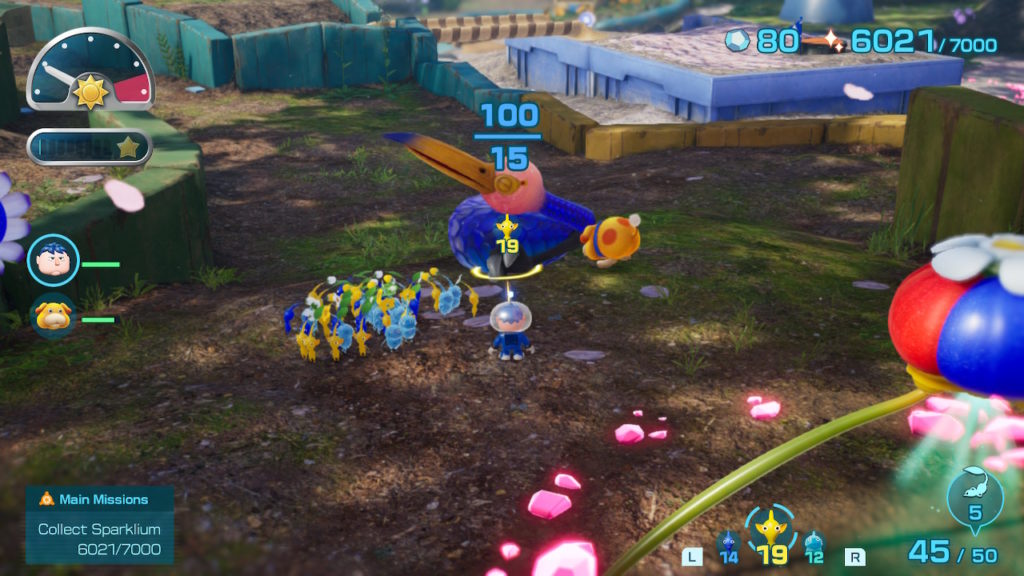
I totally get where the removal of the day limit mechanic would bother people looking for more challenge, but I just don’t share the sentiment. Yes this game is easy, but it’s because fundamentally the difficulty of encounters is pretty low. Its lack of difficulty is definitely something that I would consider an overall negative to the game, because there’s very few points where I was actively in any danger, let alone felt like I was having a difficult time. I think there’s an opportunity for this style of game to be made difficult in a way where the mechanics of the encounter are the difficulty factor, because there’s a lot of tuning knobs that could quickly make this game very hard. Tighter timing on getting Pikmin off enemies, quicker deaths if you throw them into areas they are prone to damage in, less leniency on taking multiple hits before the Pikmin die, etc. I think there’s an interesting potential here for a true hard/new game+ mode here but I don’t think that limiting day count is the way to do it.
This change also led to what ultimately felt like more interesting environments. The individual areas were a lot more open than I remember them being in the past. It’s not that previous games were linear, but these areas felt truly open to me. Generally speaking environmental interactions were less about opening new areas, and more about opening shortcuts through the full level to make traversal back quicker or simpler. Some interactions did truly modify the environment – one particular example being a low/high tide transition in a beach theme level – but for the most part the changes you make are to make your life simpler in coming back to an area.
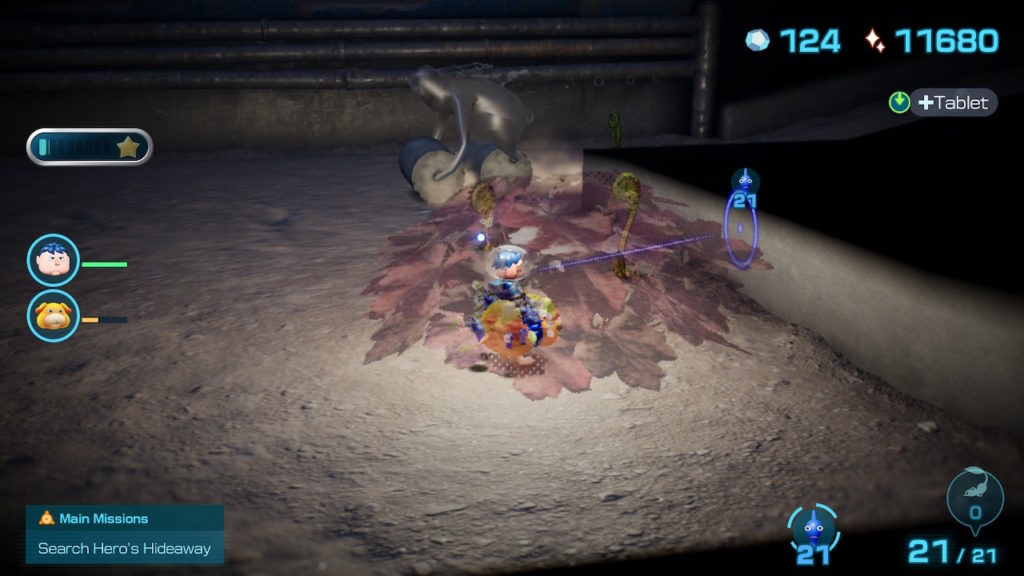
The return of caves from Pikmin 2 is also welcomed, though they are in a far more complete form here. Pikmin 2‘s were mostly randomized generic caves, but in the case of 4 they are generally fully formed and more centered around specific mechanics. In some cases it might be Pikmin restrictions to test your ability to effectively use some types. In a lot of cases, it’s actually the use of unique bosses. What this ended up doing for me as a player was to give the game something of a Breath of the Wild vibe where the overworld segments were for testing my overall knowledge and the caves were for hammering on specific segments. The caves are certainly more involved than a Zelda shrine, but it had a similar feel of always having something slightly different to play through.
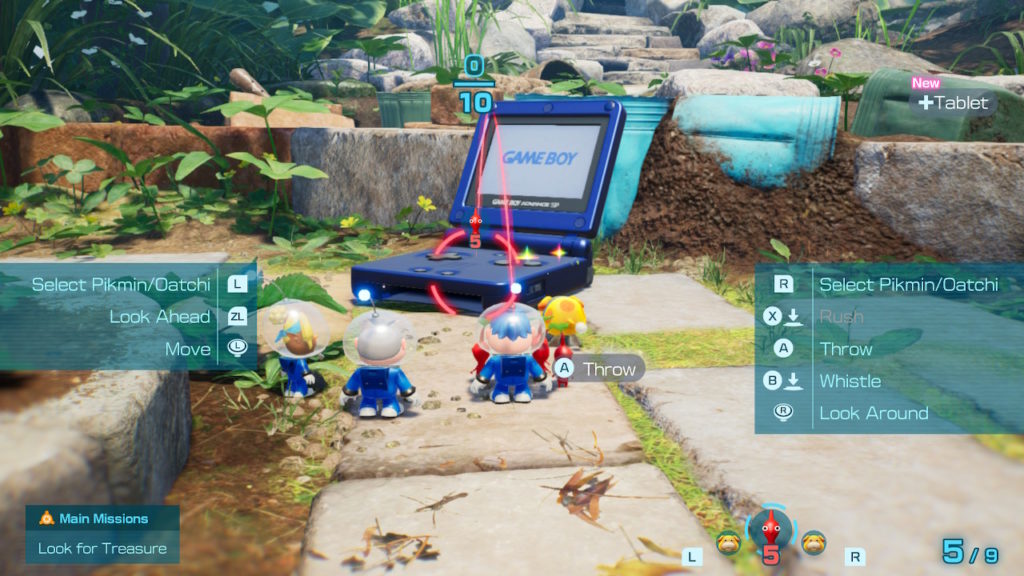
I think overall this game feels like the sequel to Pikmin 2 that I’ve wanted for a long time. I didn’t necessarily have issues with 3, but it felt like a step back towards the original. Rather than being an exploration-focused game, that one felt like more of the restricted stress game of the original. 4 feels like where the series should be going to me. It’s built from puzzles and collecting and exploration of a large alien environment, encouraging the player to check every corner carefully, rather than rushing through to maximize things as quick as possible. The series has had its time as a series about rescuing, so going in the direction of exploration as a focus is something I’d like to see them continue to grow.


